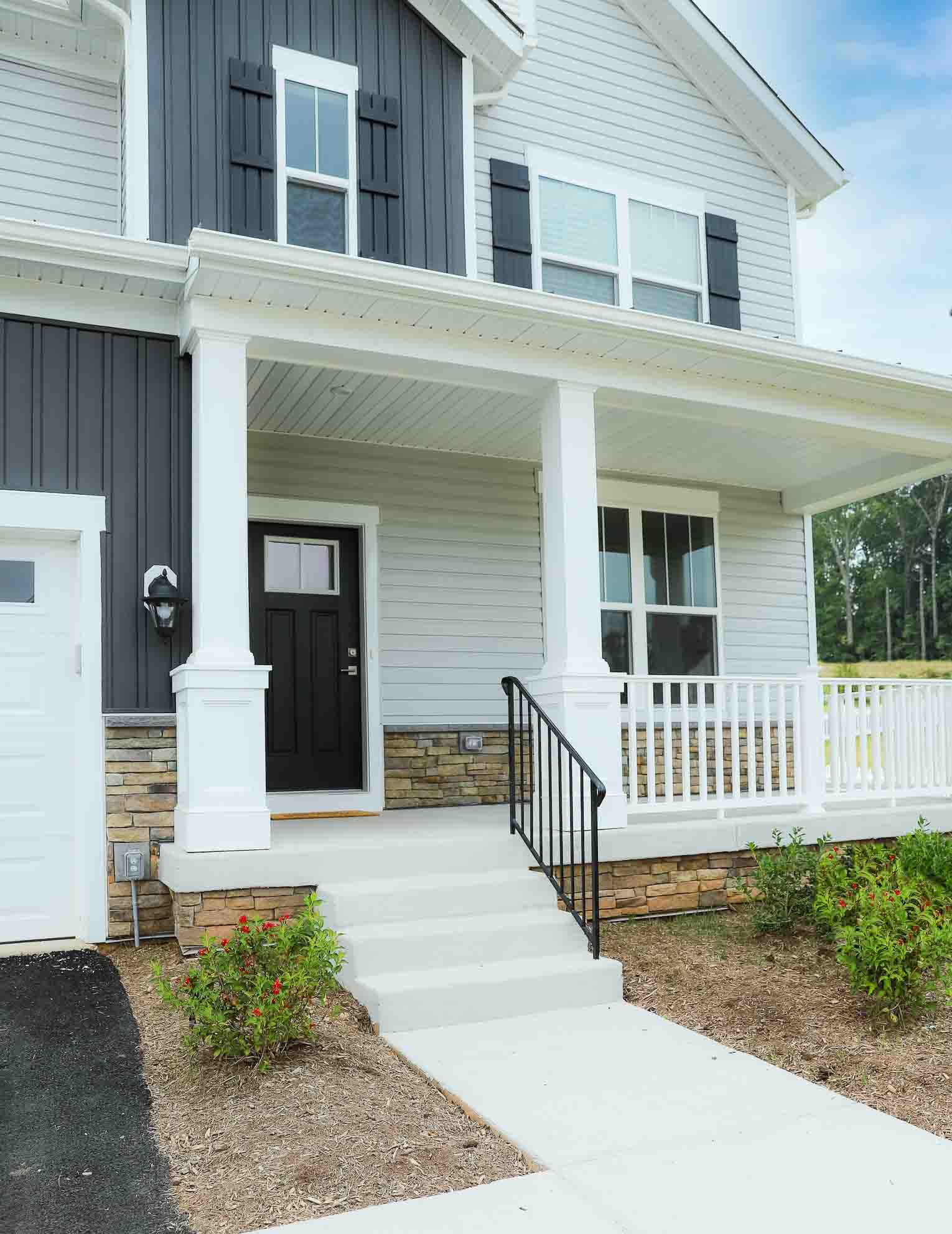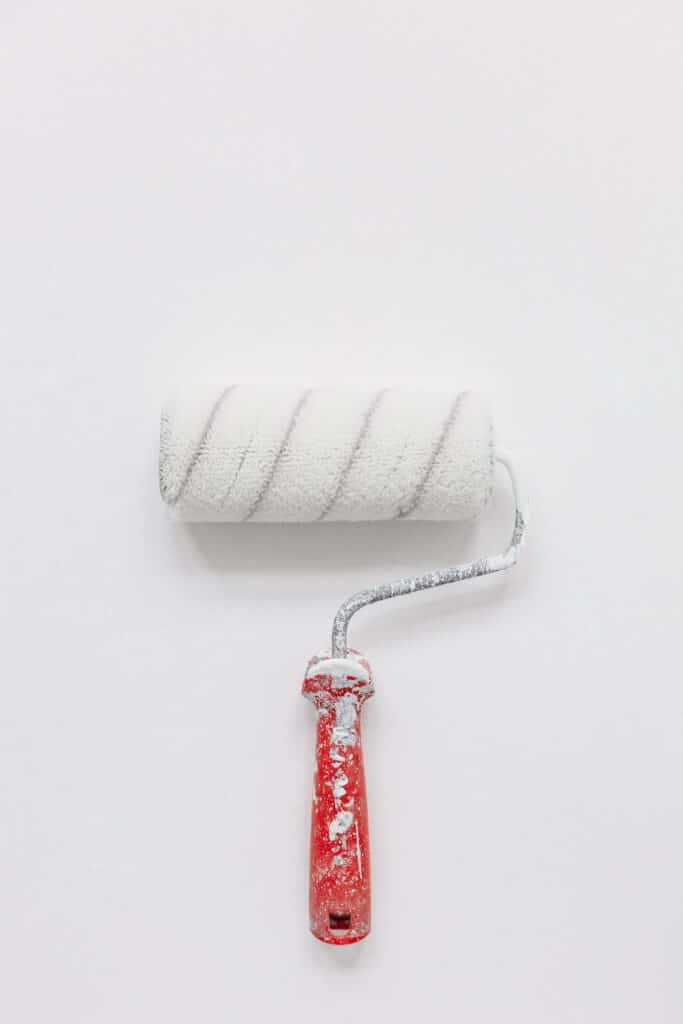New Construction Painting: What You Need To Know

Painting can make or ruin your dream home, but a new construction requires a little extra work for the best results. Whether you decide to take up the painting task yourself or hire a professional to do the job, pay attention to surface preparations and the paint sheen selection. Here is everything you need to know about new construction painting!
How to Paint New Construction
New construction painting requires priming the surfaces before applying paint coats. You should apply at least two coats of paint, then allow enough time for each coat to dry before you apply the next. Start by painting the ceiling and finish with the walls. Consider varying the paint sheen.
Painting a new building can be tricky, so it helps to get the process right! Read on for the correct steps of painting a new construction for the best results. You’ll also learn how to vary the paint sheen for high-quality finishing.
RELATED: How Long Does It Take To Paint a Room?
New Construction Painting -Step-By-Step Sequence
As painting is among the most visible work of a building, you should strive to get it right. Most new construction paintings go wrong because of poor preparation. As a result, you can avoid most painting problems and achieve the best results if you take the time to prepare for the task.
Here’s how to do this properly:
1. Remove Dust From the Surfaces To Be Painted
The most important step is preparing the surface to be painted. Ceilings, walls, and floors usually collect dust during construction, which can prevent paint from sticking well to the surfaces or may stain the paint. Therefore, you should dust off these surfaces.
Follow these steps to remove dust from the surfaces you want to paint:
- Use a dust mop on the surfaces.
- Knock the dust off the ceiling, clean the wall, and vacuum the floor.
Wear a mask or respirator, so you don’t breathe the dust. It’s also a good idea to wear safety glasses to prevent dust from falling on your eyes.
You may need a brush to remove dust in the corners where the dust mop can’t reach well.
2. Prime the Surfaces To Improve Paint Attachment
If you’re painting a new building, you need a primer undercoat for your paint, as it improves paint attachment. The choice of a primer is important because it impacts the durability of the painting.
Apply the primer to the surfaces and let it dry according to the manufacturer’s instructions.
3. Sand the Primed Surfaces To Remove Particles
Painting without sanding can result in a rough feeling on the surfaces, and it improves the surface’s texture to enhance paint stickiness.
Sand the surfaces after applying the primer and remove particles that may have been raised during the primer application. Wipe the sanded surface with a dry material to remove residue particles.
4. Choose Your Paint
Paints are available in different gloss or sheen options. Varying paint sheen can give your house a creative finish and enhance painting longevity.
These are the common paint sheens and the surfaces they’re best for:
- Flat paint: Ideal for low-traffic areas such as bedrooms.
- Satin paint: Ideal for most rooms since it’s easy to clean.
- Semi-gloss paint: Ideal for rooms subject to moisture, such as bathrooms and kitchens.
- High-gloss paint: Ideal for doors, baseboards, and trims.
RELATED: The Best Roller for Painting Cabinets
5. Apply the Paint Coats
Painting a new building usually requires multiple coats of paint, but don’t apply the next coat until the previous one is dry. Check the manufacturer’s recommendation for how long to allow the paint to dry before the next coat.
Sometimes, the first coat is applied before some fixtures are installed. The final paint coat is then applied once the fixtures are in place.
Before painting the house, decide on your painting method, including a paint roller or a paint sprayer. Painting with a paint roller can be time-consuming, but it uses less paint, so you can save on the paint cost. A roller is also easier to work with if you’re less experienced in painting.
Moreover, roller paint works best if you want to paint the ceilings and walls in different colors.
On the other hand, spraying is a faster process, but the risk of overspray can drive up your paint costs. A sprayer works best if you want to paint the surfaces the same color.
If you paint with a roller, you should cut in the junctions to make your work easier. Use a brush to paint the corner areas the roller can’t reach, then paint the junction between the ceiling and the walls and between the walls with the brush.
The cut-in area should be about 4” (10 cm) wide.

How Many Paint Coats Do You Need on a New Construction?
You should apply at least two paint coats as a general rule. In some situations, you may require fewer or more coats of paint, and with some high-quality paints, a single coat may be enough. Multiple coats generally give a more durable painting job.
Why Can’t You Paint Walls First in a New Building?
Start with painting the ceilings and move to the walls later. If you’re using a roller, the paint will usually spatter downward because of gravity, but if you paint the walls first, the ceiling paint will spatter on the walls and ruin your work.
What Comes After Painting in a New Construction?
What comes after painting a new construction is installing the flooring. In most cases, hardwood, carpet, and tile flooring are done after painting the house to avoid the mess of splattering paint on the floor.
If you’re painting when the flooring has already been done, you’d have floor cleaning work to do to remove the paint splatters.
In some cases, painting can be staggered if construction work is to be completed before the final paint coat is applied. In areas such as the bathroom and kitchen where cabinets will be placed, you may apply the final coat while leaving the other surfaces.
After the first coat of paint, the following will be installed:
- Door jambs and casting
- Window liners and casting
- Baseboards
The electricians can install the light switches but will leave the cover plates off.
After the first coat of paint in the kitchen, you’ll need to install the cupboards, countertops, window liners, and castings. The final paint coat is applied after these fixtures have been installed.
You may need to mask switches and trim areas to prevent paint from getting into them.
Final Thoughts
Painting a new construction may seem simple and straightforward, but you can easily get the process wrong and ruin your new building. You can save time and money by following the correct sequence of painting a new building. If you’re in doubt, consider talking to a professional!






